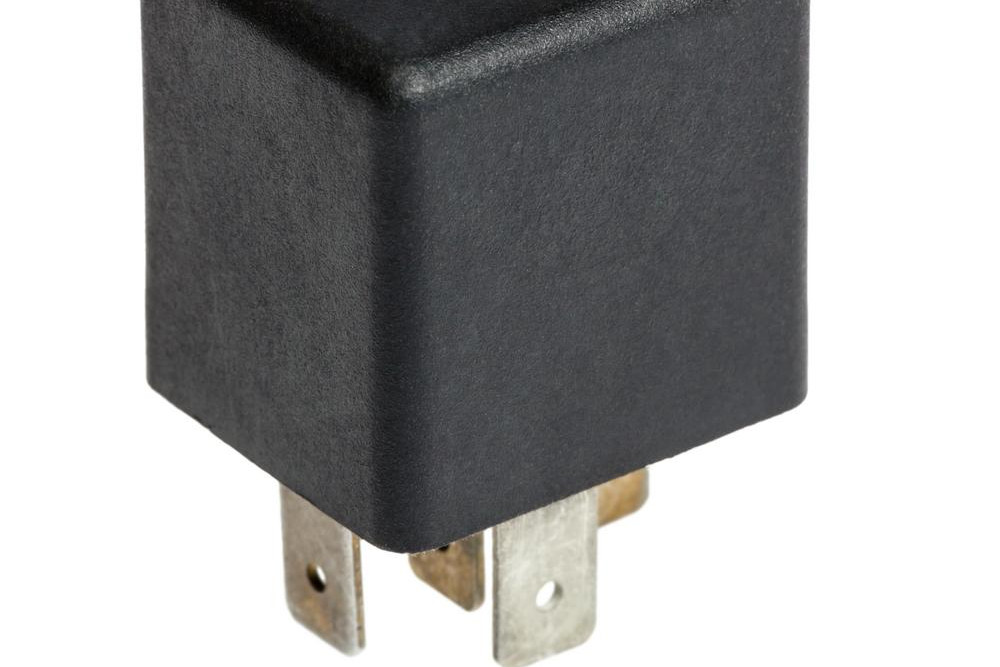- 2004 F150 Fuel Pump Replacement
- 2004 F150 Fuel Pump Driver Module Symptoms In Children
- Ford F150 Fuel Pump Module
The fuel pump drive -- or driver -- module is usually referred to by the acronym FPDM. Aftermarket retailers sometimes call the same component a fuel solenoid driver, or FSD. By either name, the module controls the voltage delivered to a vehicle’s fuel pump. By controlling the voltage, the fuel-pump driver module maintains the optimum fuel pressure and fuel delivery to the engine throughout its full operating range.
Purpose
Front of fuel pump driver module As you can see, the Fuel Pump Driver Module was completely corroded. Below is a video of a different Ford F-150 that does not start due to a failed fuel pump driver module. You will notice the truck in the video has the same codes in the computer as the one above. The diagnostic trouble codes are P0191 and P1233.
The fuel-pump driver module controls the high-pressure fuel pumps of modern, computer-controlled, fuel-injected engines, including diesels. The module is typically installed on or very close to the fuel pump, and in the early years of the component's use, this practice led to a design fault. Manufacturers, including Ford, initially placed the module inside the vehicle immediately above the fuel pump, typically just beneath the floor pan. That practice had the module mounted under seats or covered by carpet, which led to overheating problems.
Failure
The fuel-pump driver module is the most common part to fail in computerized diesel engines. When first installed in the technologically advanced diesel engines of the mid-1990s, the modules were made from materials that were unable to handle their own high operating temperatures and the extreme vibration they were exposed to when functioning. In some model vehicles, such as General Motors vehicles made between 1995 and 2002, the failure rate has been almost total. Aftermarket units are available that use advanced electronics that create less heat, with an improved heat transfer pad to minimize retention of the heat. Pairing the fuel-pump driver module with the incorrect fuel pump will also promote failure.
Symptoms of Failure
Symptoms of a failing fuel-pump driver module all manifest in the performance of the engine. Difficulty in starting or a smoky start-up, stalling or uneven running while idling, hesitations and misses when driving, and power surges when in reverse can all -- separately or together -- be indicative of a failing module. Failure can normally be diagnosed electronically using a handheld scanner, with the model-specific code displayed that translates to the fuel-pump driver module.
Modified Engines
Vehicles with modified engines that need more fuel than is standard, such as race cars and tuned-up street cars, require modified FPDMs. Running a standard module can result in overheating -- the standard fuel pump asks too much of the module, and its electronics overheat -- so the internal limiter shuts the control process down. Although the module should resume function when it cools to a safe temperature, the sudden cessation of fuel flow to a full-revving engine can have catastrophic effects.
2004 F150 Fuel Pump Replacement

- Jupiterimages/Photos.com/Getty Images
2004 F150 Fuel Pump Driver Module Symptoms In Children
